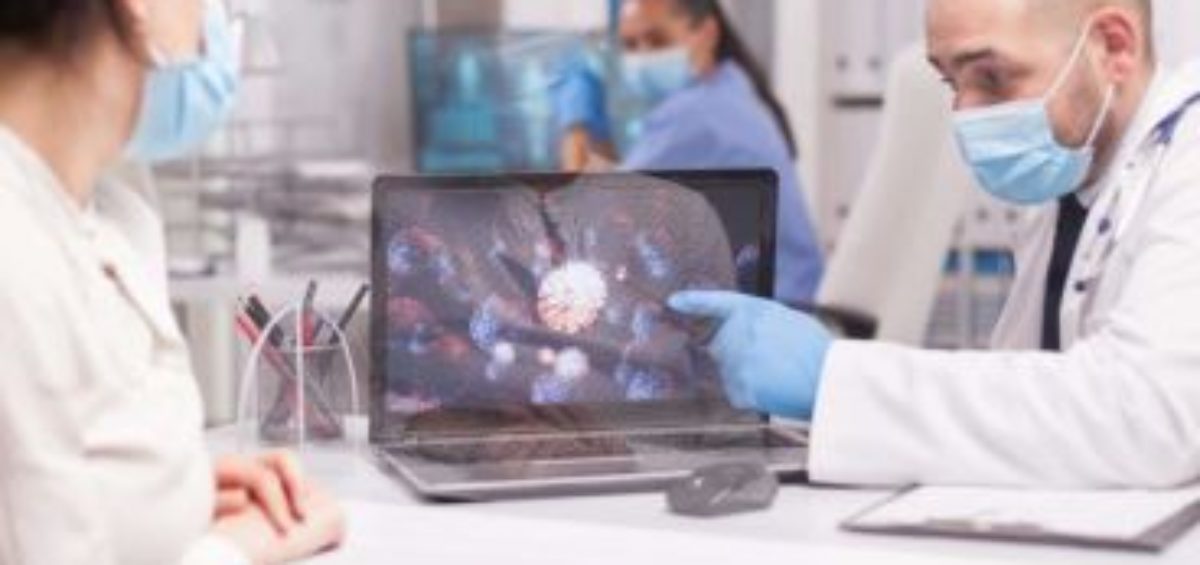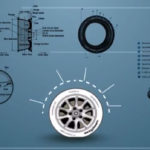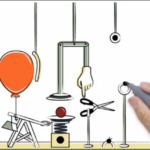Medical animation videos are a type of visual content. It is a short video, that has been rendered using 3D computer graphics for educational purposes on a topic related to medicine, most often, physiology or surgery, but it could be any number of medically related topics. And just as medical animation can cover a wide range of topics, so too can it be aimed at a variety of audiences, from medical students to seasoned researchers to a consumer watching a YouTube video. While medical animation in 3D graphic form has only come into existence in the last few decades, people have long been trying to visually depict medical processes and procedures.
What Is the Purpose of Medical Animation?
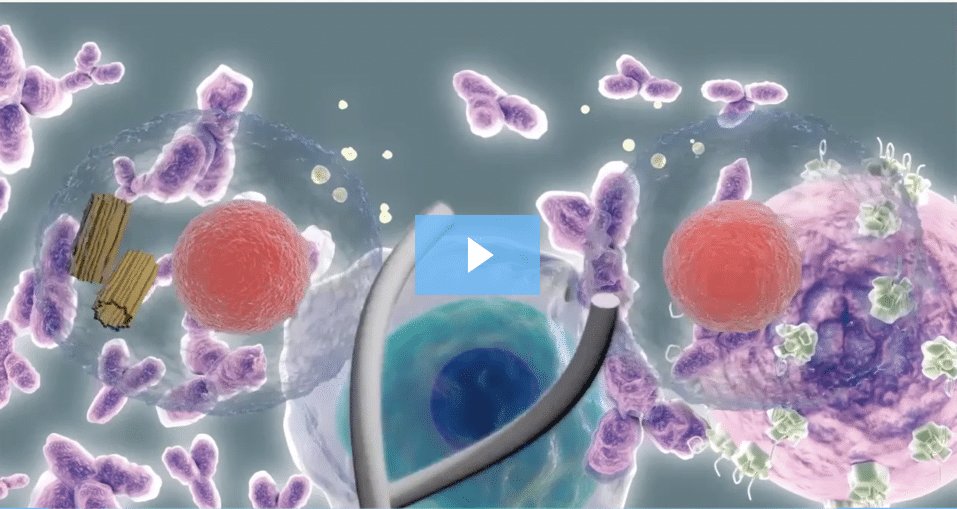
In order to understand medical animation let’s take a closer look, first at where it comes from and then at how it is used today.
What Is the History of Medical Animation?
Of course medical animation was not always made with computers. In fact, humans attempting to depict the workings of the human body goes back to ancient times.
The Earliest Years Leading Up to Medical Animation
Medical animation gets its start in the earliest visual depictions of medicine and scientifically driven depictions of the human form. There are records of the Ancient Egyptians, Chinese, Indians and Babylonians all having created illustrations of medical practices. The big difference was that it was based a great deal on animal anatomy.
Ancient Greece was the first recorded dissections of human cadavers, undertaken by the anatomist, Herophilos. However, drawings of the inner workings of the human body, based on real life examples, were very limited until the Medieval times, when dissections of the corpses of criminals was permitted. Anatomists would stand far back from the procedure being carried out by barber-surgeons, limiting the educational efficacy of these exercises.
As the Middle Ages gave way to the Scientific Revolution, the Renaissance and the Age of Enlightenment, people were allowed to take a more direct approach in studying the human anatomy. This led most famously to Leonardo da Vinci, who is the most well known person to perfectly combine medicine and art before modern times. In fact, his studies of the human form have led to discoveries and inventions that are still used in today’s world.
The Forebears to Medical Animation in the Modern Era
There are two main factors that have contributed to the rise of medical animation. The first is the pursuit of depicting the human form and medical procedures. And the second is the technology allowing for innovations in how to depict these procedures visually. In the 19th century a major technological innovation was achieved in the world of animation with the invention and proliferation of color printing.
This meant that not only were books of colored medical illustrations more available, but it also led to the first types of animation being created, such as flip books. It wasn’t long before these basic forms of animation were used to depict not only ways in which the human body moved, but different biological and medical processes in movement.
At the very end of the 19th century a man named Max Brodel enrolled in medical school at Johns Hopkins University. He began creating medical illustrations for renowned clinicians, such as Dr. Harvey Cushing. He developed innovative techniques for creating beautiful and accurate renderings, including the use of carbon dust and working directly from cadavers. Brodel would later go on to oversee the first Department for the Art of Medicine at the Johns Hopkins School of Medicine, and today is regarded as the Father of Modern Medical Illustration.
Medical Animation and the Twentieth Century
After Brodel’s work at Johns Hopkins, modern medicine was committed to the importance of visual depictions in understanding and healing the human body. However, more than anything, the limiting factor was the lack of technology for accurately and realistically depicting moving processes in three dimensions.
In the early part of the twentieth century, people attempted to approximate this by hand as best as possible, developing colorful styles, such as Pauline Lariviere. Before 3D computer graphics came to be, some of the earliest 3D medical animations were created using wire-frame models, hampered by low processor speeds.
In the 1960’s the first computer graphics were being developed, and in 1975 the two came together for the first time in an issue of the journal Science, with the first 3D computer generated image on a medical topic—the authors of the paper discussing how the animation could be used to visualize complex macromolecules.
Meanwhile, at movie studios such as Disney, 3D computer animation was being brought to new heights. By the 1980s medical animation was already an important part of instruction for surgery and physiology. And in the 1990’s as audiences were wowed by incredible CGI effects in big blockbuster movies, that same technology began to be harnessed to create better medical animation than ever before.
Where Is Medical Animation Today?
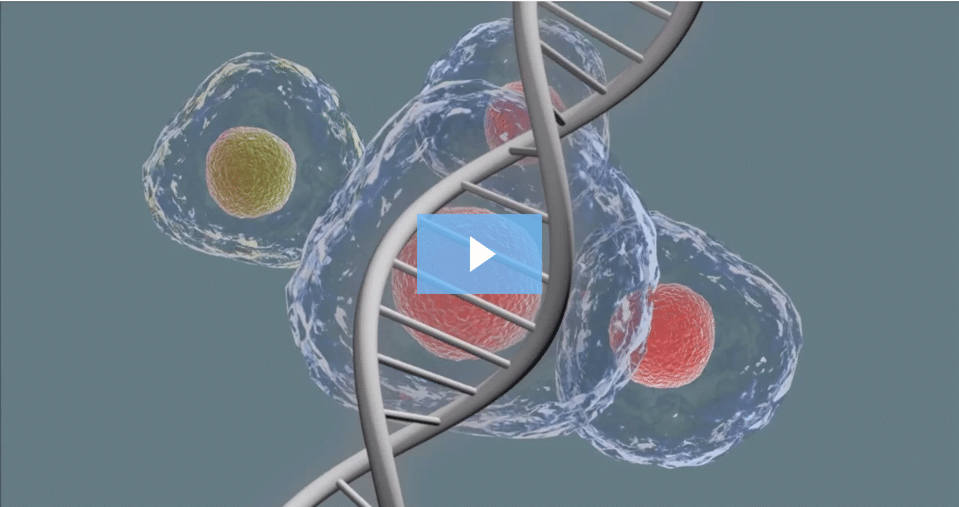
Who Are Medical Animations Created for?
While medical animation began as a way for medical professionals to communicate and learn amongst each other, the audience of today’s medical animations are much broader than just doctors. Today medical animations are created for a diverse group of people, depending on the type of animation it is.
Medical animations are created for:
- Patients
- Consumers
- Healthcare Professionals
- Medical Students
- Pharmaceutical Professionals
- Students
- Investors
- The General Public
To find out more about the different audiences medical animation‘s are created for, let’s take a look at the eight main types of medical animation and what their purposes are.
What Are the Different Types of Medical Animation?
-
Medical Simulation:
For lack of both cadavers and patients to practice on, medical animation can provide a simulated experience to aspiring doctors seeking to learn surgical procedures or simply basic anatomical processes. Indeed, there are many advantages to using an animation over a cadaver, as it can clearly illustrate the processes in a living body in a way that cadavers cannot. These simulations can be interactive or not.
-
Surgical Training and Planning:
These kinds of medical simulations are not only for medical students. Experienced surgeons will use medical animation to expand their surgical skills and also to pre-plan for an upcoming surgery. In these instances, an interactive kind of animation is most often used, perhaps with virtual reality (VR) or augmented reality (AR).
-
Forensic Reconstruction:
Another professional medical use of animation is in the field of forensics, which may make use of a ‘virutopsy’ or autopsy that is assisted by MRI technology. This would be used in instances when the remains are too damaged to carry out a regular autopsy. Medical animations have also been used in court to reconstruct events.
-
Patient Education:
This is one of the fastest growing aspects of medical animation. It is an animation that explains a surgical procedure or pharmaceutical mechanism of action in a way so that anyone could understand. These are used in doctor’s offices and hospital websites. They are also commonly seen on television during commercials and now on social media sites. These patient education medical animations have begun to be used in hospitals to get informed consent and some studies have shown that their use can reduce accidental wrong surgeries.
-
Pharmaceutical Mechanism of Action:
Often produced by drug companies, these medical animations serve to illustrate how a specific prescription drug functions. They are rarely drawn to scale accurately, nor do they realistically depict cellular structures or interactions. Oftentimes they seek to visually depict the interaction as simply as possible. These kinds of animations may be for marketing purposes, patient education, doctor education or all three.
-
Cellular and Molecular Animation:
It is common to use medical animation to depict processes that occur in the human body at a level that is too small to observe with the naked eye. Cellular animation refers to depictions of those processes that can only be observed with a microscope, such as the transcription of DNA or the interaction of pathogens and white blood cells. This can be accomplished in the traditional way, or it can be created directly from the microscopic views using polygonal 3D surface creation. Meanwhile, molecular animation refers to those processes and interactions happening on the molecular level and that are generally too small to observe clearly even with a microscope.
-
Emergency Care Instruction
: There are some suggestions that medical animations may help people perform CPR in emergency situations.
-
Interactive Learning:
Additionally, with the availability of medical simulations, both professionals and amateurs will have access to how to provide healthcare. This can be especially useful in regions lacking doctors and medical facilities.
What Fields of Medicine Are Medical Animations Most Commonly Used In?
Some of the fields of medicine that are especially associated with using medical animation include:
- Cardiology
- Urology and Gynecology
- Dermatology
- Neurology and Neurosurgery
- Oncology
- Orthopedics
- General Surgery
- Emergency Medicine
- Medical Devices
- Pharmacology
But it’s important to remember that medical animation can be used in all medical fields, and is commonly used to great advantage by a wide array of medically related industries.
What Are the Benefits of Medical Animation?
They used to say a picture is a worth a thousand words. Today, in the world of social media, it can seem like video is worth ten thousand words. Medical animation provides a host of benefits to companies affiliated with the healthcare industry. Here’s how.
There’s Nothing Better for Marketing
Whether the industry is pharmaceuticals, biotechnology, or medical devices, nothing beats medical animation for marketing. While staying on topic in medicine, nothing does a better job of concisely communicating content that is both engaging and educational. Whether the audience is investors or consumers, there isn’t a medium better positioned to hit your goals than medical animation.
Goes Where the Eye Can’t or Won’t Go
We now possess the technology to depict physiological processes and medical procedures more visually accurately and clear to the eye than is possible by observing the actual processes and procedures. This is invaluable for doctors in being able to understand those things which are not visible to the naked eye, either because they are too small, or are too difficult to observe from inside the body.
Additionally, for those not directly in the medical field, watching live action video can cause discomfort. For patients or investors needing to understand or medical procedure or device, an animation is often much preferable to live action. Being able to zoom into enhanced detail, offer slow motion and add in graphics all increases the experience for all audiences.
3D Graphics Are Better than Ever Before
Today’s medical animations have benefited from the successful development of CGI, and the best ones rival studio films for FX. This creates dynamic and engaging content that people can easily understand and will want to watch.
Defines Cutting Edge
One of medical animation‘s most important role is in furthering research and allowing for the development of the very latest in technology. There are times when a technology is too new, and cannot be shown at all in live action, and medical animation is the only media that can accurately depict it. The technology may not even exist yet, past the idea stage, but medical animation can oftentimes provide the most effective way for scientists to communicate and bring ideas to fruition.
Lends Legitimacy
Nowadays, consumers expect a certain professionalism from their content. Information should be provided in a way that is educational but also engaging, easy to understand and neatly done. Medical animation is the perfect way to achieve that, and more and more it is becoming the expected standard everywhere from doctor’s offices to pharmaceutical webpages.
Builds Branding
The healthcare field is a crowded one. Medical animation is not only a prime way to achieve marketing goals, but is also a great way to create long-term visibility. The opportunities for this expands with the ability to offer interactive content, especially through social media and mobile apps.
So What Can Medical Animation Do for Your Company?
- The best way to communicate medical information concisely and clearly.
- Makes complex medical ideas much easier to comprehend and digest.
- The ideal tool for potential investors.
- Creates memorable and engaging content: perfect for branding and marketing.
- Can be used at different stages of clinical development.
- The perfect thing to create presentations that stand apart.
- Gives your company legitimacy.
Where Is the Future of Medical Animation Headed?
While earlier, we defined medical animation as video utilizing 3D computer-generated graphics, the future is happening now and it’s going beyond 3D graphics and videos. Medical animation is branching out into virtual and augmented reality. VR offers the ability to create a completely immersive experience of a surgical simulation. It can be used to feature specific medical devices or solely for training purposes. Medical animation can now be used in conjunction with a range of sensory input devices including:
- Haptic Gloves
- Head-Mounted Displays
- Stereoscopic Lenses
- Interactive Work Stations
Medical Animation Is an Integral Part of Medicine
For as long as humans have been exploring the world of medicine, they have also sought to depict their findings visually. The ability to have innovation in technology and breakthroughs in understanding physiology have all been dependent on the ability to communicate what was found, and nothing did that better than a visual medium.
Today medical animation provides a way to do so much more than simply record findings. Using the latest technology, medical animation offers us the ability to tell the stories that truly communicate what companies in the healthcare industry want to say. It gives companies the ability to do so in a memorable and engaging way, opening up a wide variety of branding opportunities.
In today’s world of marketing, video is the key form of content. Medical animation provides that along with the ideal medium to both tell the story as well as communicate complex medical procedures, mechanisms of action and physiological processes.

